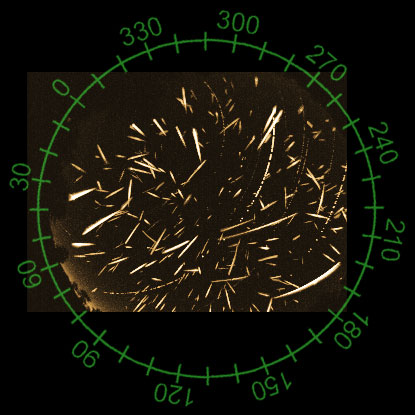2013 Geminids Shower
The annual Geminid meteor shower occurs when debris from the asteroid 3200 Phaethon intercepts the Earth. This is an unusual type of shower in having an asteroidal, rather than cometary parent. However, evidence suggests that Phaethon is actually the rocky core of an evaporated comet. These meteors intercept the Earth at a fairly low speed of 35 km/s (79,000 mph). Because of this, Geminids tend to be slow and colorful- probably the prettiest of the major showers.


